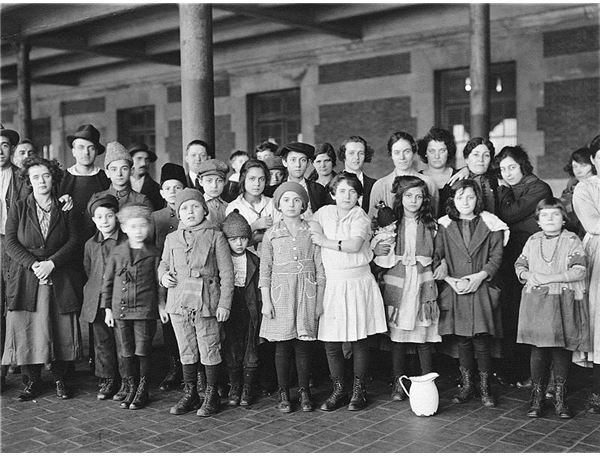Immigration During the 1920s: High School History Lesson
These lesson plans were intended to form a unit on the cultural changes that occurred in America during the decade of the 1920’s. They were written with a high school audience in mind. Each plan is based upon the author’s teaching situation, which includes a block schedule that has 88 minutes allotted for each class. Modifying them to fit a traditional, shorter period should not be a problem.
Note: This lesson plan requires the use of a classroom computer with speakers and a projector or access to a computer lab with internet capabilities.
Lesson 1 - Immigration
Bell Activity - Distribute data tables from
https://www.census.gov/population/www/documentation/twps0029/tab02.html
Ask students to carefully look at the data for 1920 and 1930 and to write down what they conclude in their journals.
**
Listening Activity - Either using a classroom computer or a computer lab, have students go to:
They should listen to each immigrant’s audio history. Once everyone is done, discuss the reasons for immigration and the experiences that immigrants had on the trip over. Talk about the “push-pull” aspect of immigration and refer to the fact that immigrants in the 1920’s were part of a new wave which originated largely in southern and eastern Europe, which made them all the more suspicious to native-born Americans.
Virtual Tour - Have students take the virtual tour of Ellis Island at
https://teacher.scholastic.com/activities/immigration/
I have students answer questions and either grade them or use them to stimulate discussion. Sample questions include: Why were medical exams so traumatic? How were immigrants who spoke no English able to make themselves understood? What did various chalk marks mean? What kinds of questions did immigrants have to answer?
Alternatively, if you are looking to stimulate higher-order thinking, combine the two online experiences and have students write an essay describing the motivation for and experience of 1920’s immigration.
Legal Interpretation - Print pages 3 and 4 of the National Origins Quota Act of 1924. It can be found here:
https://library.uwb.edu/guides/usimmigration/43%20stat%20153.pdf
Discuss the motivations behind and effects of the act. Define nativism. Discuss how race, religion, and language impact the reputation of immigrants.
Summary - Spend the last few minutes of class summarizing and reviewing.
References
- Photo by Brown Brothers [Public domain], via Wikimedia Commons
This post is part of the series: Cultural Conflict in the 1920’s
The 1920s was a time of tremendous growth in the United States. The economy was booming, and culture was changing due to many factors including immigration, racial issues and new discoveries. These three lesson plans explore the exciting time of the roaring twenties.
